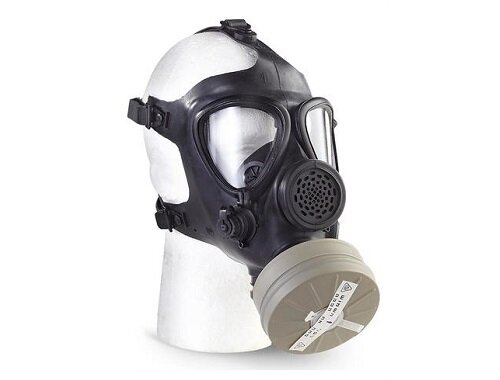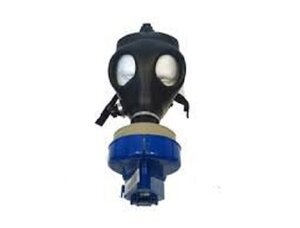No matter where you're living, buying and using a gace gas masks has become imperative for almost everyone who is venturing out. When it comes to preventing polluted air and their life-threatening upshots; these masks are an absolute must!
Though such anti pollution masks cannot completely thwart you from inhaling the toxic smoke they can definitely lower the discriminating impacts. You can buy quality gas mask from army surplus stores.

But not every mask comes with equal qualities and thus gets comparable results. With so many options out there; it can be a bit tricky and complicated for people to buy the right face mask for pollution prevention.
An essential attribute that determines the effectiveness of anti pollution masks is their aptness to your face. Make sure to know how comfortably the mask fits against your face and how secure it keeps your nose from inhaling toxic air.
The material of the mask is what determines how effectively the mask will filter out the deadly and polluted air particles. While Cotton or surgical masks are not so obliging but certified face masks like N95 face mask is capable of filtering out 95% airborne elements. Good ventilation also matters a lot, especially for those who use these masks for a longer period or for exercising outside.

